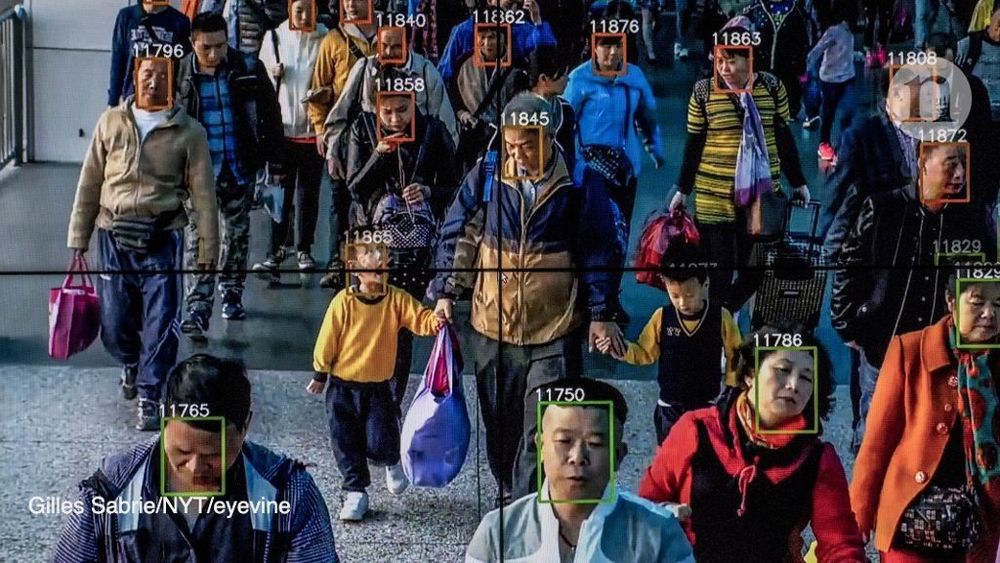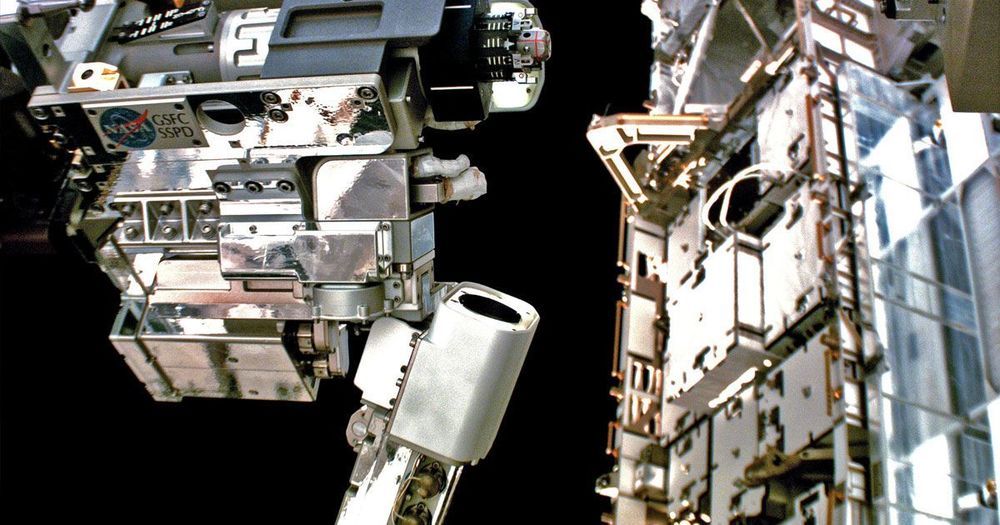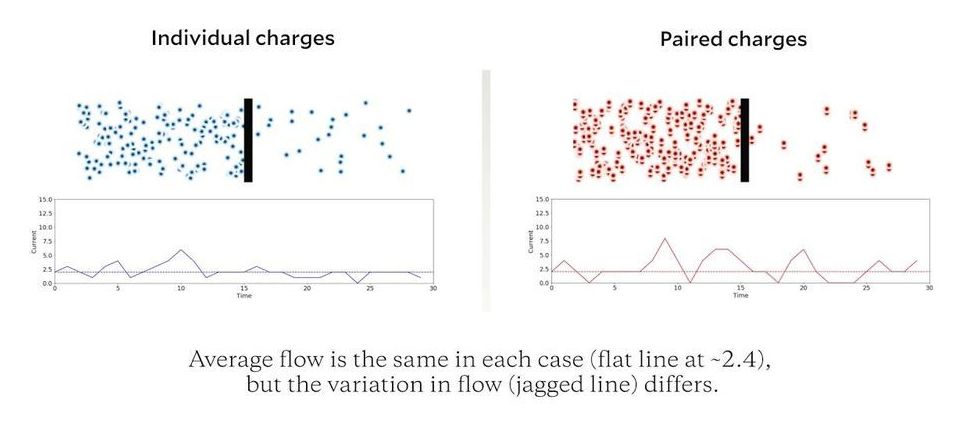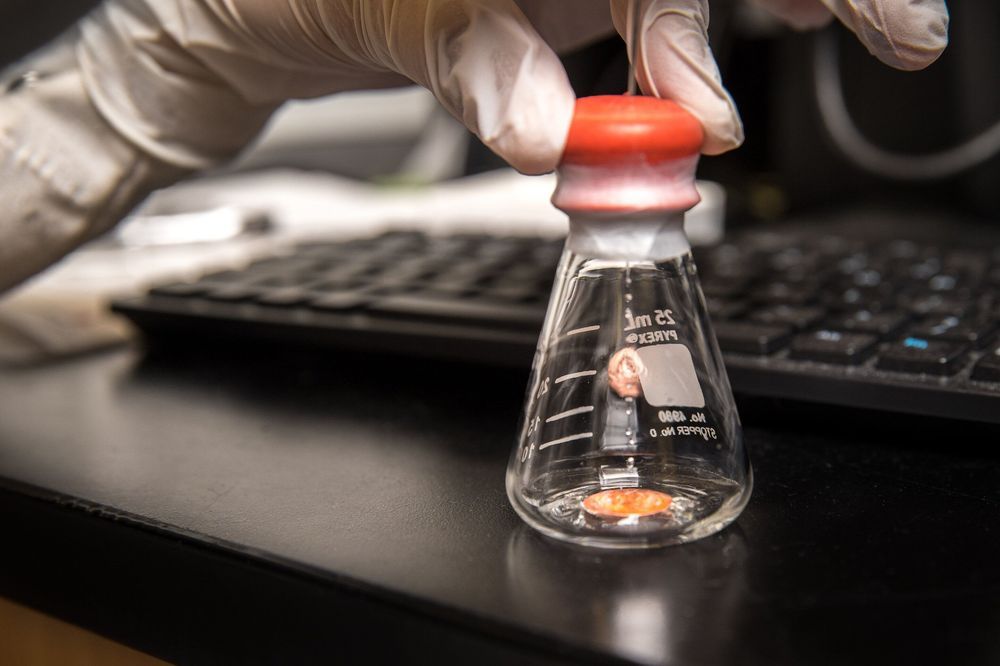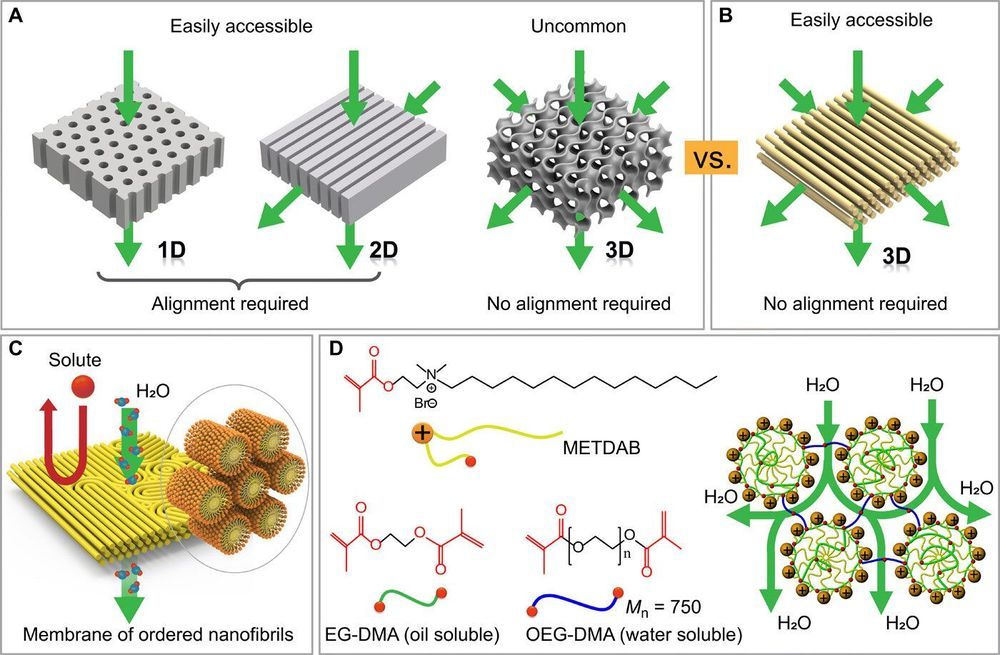Aug 22, 2019
Will China lead the world in AI by 2030?
Posted by Derick Lee in categories: ethics, robotics/AI
But observers warn that there are several factors that could stymie the nation’s plans, including a lack of contribution to the theories used to develop the tools underpinning the field, and a reticence by Chinese companies to invest in the research needed to make fundamental breakthroughs.
The country’s artificial-intelligence research is growing in quality, but the field still plays catch up to the United States in terms of high-impact papers, people and ethics.
